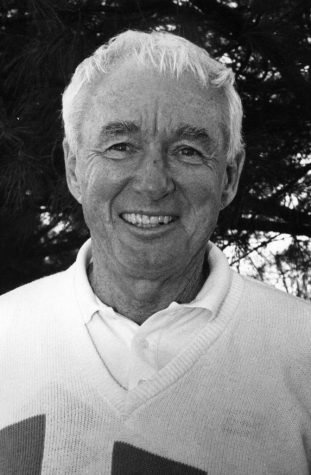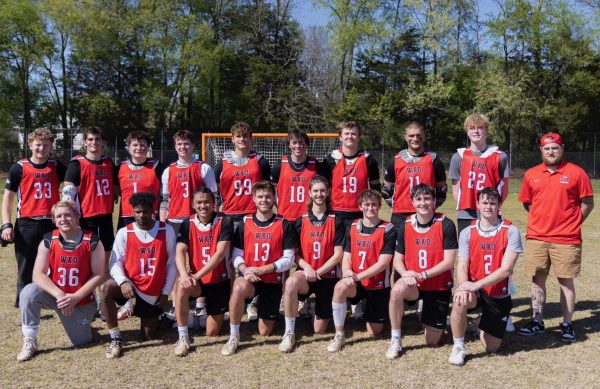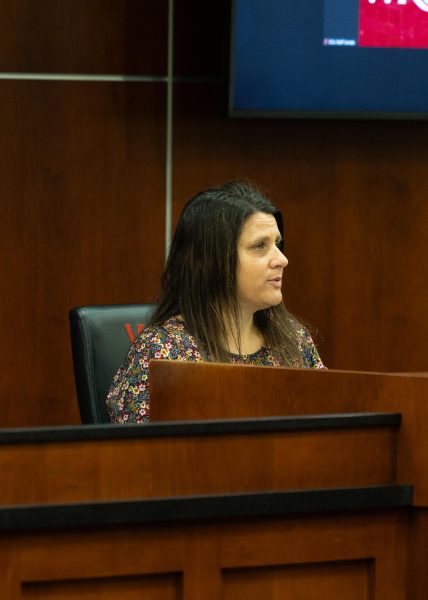Student course evaluations become increasingly insignificant
January 30, 2018
Student Input to Teaching Effectiveness evaluations, the surveys where students are asked to evaluate their professors, have demonstrated a decline in quality and impact within the past several years.
WKU switched from printed to online evaluations in fall 2012. This transition had a negative impact on student response rate, Robert Hale, English department head, said.
“We used to do it at the end of the semester,” Hale said. “Everybody would take 30 minutes out of their class at the end, and everybody would fill them out at the same time. So you would get much more diverse, and probably more accurate, responses. It’s hard to find patterns when there’s only six people filling it out in a class of 27.”
Hale also believes the time students fill out SITE evaluations plays an important role.
“There’s a window of about four weeks where you can fill these evaluations out,” Hale said. “It is such an emotional kind of response sometimes to these things. For example, in my class, a lot of times, my students aren’t real happy with me in the middle of the semester because I’ve been pushing them. But, then by the end, because of all that pushing, their work has gotten better and they can see it.”
In terms of accuracy, Hale believes some evaluation measures are more reliable than others.
“It measures a few things pretty well,” Hale said. “It’s good if somebody is not returning work in a reasonable amount time or if people are cancelling class too much. Those kind of things are pretty helpful.”
Hale said he believes SITE evaluations fail to measure teaching quality. He said this issue stems from the lower response rate.
“It’s kind of a bifurcated response,” Hale said. “Usually the students that fill them out either had a great experience with the professor or a not so great experience with the professor. You can learn some things from student reactions, but usually students don’t offer suggestions. It’s just sort of ‘they like you or they don’t.’”
Mathematics Department Head Bruce Kessler said he thinks SITE evaluations are an accurate measure of student perception.
“Responses can lead us to a conversation, which is a good thing,” he said.
Kessler said he reviews all department evaluations in the fall, when the university conducts annual faculty reviews. He gives greater consideration to short answer responses than numerical scale questions.
“I don’t ignore the numbers, but I learn so much more from the comments,” Kessler said.
SITE evaluations are just one factor in the math department faculty evaluations. Kessler said he observes a class for each faculty member in the spring semester.
“I pay just as much attention to the students as I do to the faculty member,” Kessler said. “Faculty can prepare their best lesson when they know I’m coming, but if students are asking questions and engaged, that’s something they learn to do over time.”
The English department also uses multiple measures of success, including self-assessments, grade distributions and a mentoring program.
“Until faculty are tenured, they have a colleague that is their primary mentor who they visit with regularly,” Hale said. “We rotate in what we call secondary mentors, who do classroom observations and write up reviews. We’ve been doing that for about four years.”
Hale said the mentoring program is more effective in improving teaching outcomes than SITE evaluations.
“That’s been more helpful if the goal of these things is to help somebody get better and not just to rate somebody,” Hale said. “That’s been a more effective process.”
Ogden College Dean Cheryl Stevens said she uses SITE evaluations to identify and address specific teaching weaknesses.
“I meet regularly with department heads and chairs, and at these meetings they often share specific faculty issues,” Stevens said. “When we learn about faculty that need mentoring or support, we either help them at the departmental level or recommend that they use the services in the Center for Innovative Teaching and Learning to address their specific challenges.”
Stevens also reviews SITE evaluations when faculty are evaluated for tenure or promotion.
“I ask for a summary over time of student evaluations,” Stevens said. “That way, I can see the improvement over time for the evaluations as they become more experienced teachers. I ask the faculty being evaluated to reflect on their evaluations and comment on the methods they have used to improve their teaching.”
Kessler said, within his department, rewards for favorable evaluations are small.
“I’ll give them a handshake,” Kessler said. “There haven’t been merit pay raises in a long time, and there haven’t been substantial pay raises in a while.”
Faculty with positive SITE evaluations may also be nominated for teaching awards.
Although Kessler reviews SITE evaluations each year, he encourages students to give him input earlier in the semester.
“If there is an issue, come talk to me about it and let me know,” Kessler said. “Clue me in early. I can do more then than if you come to me at the end of the semester.”
News reporter Olivia Eiler can be reached at 270-745-6011 and [email protected]. Follow Olivia on Twitter at @oliviaeiler16.
























